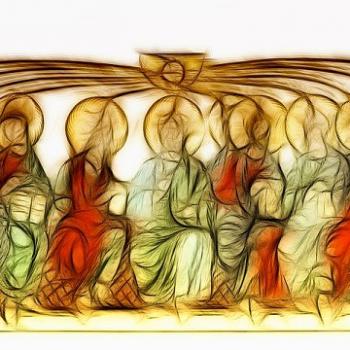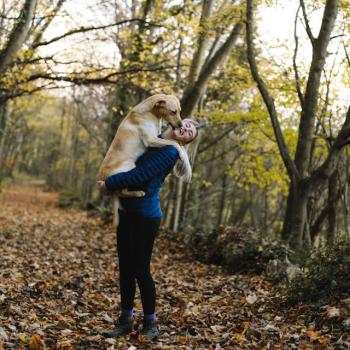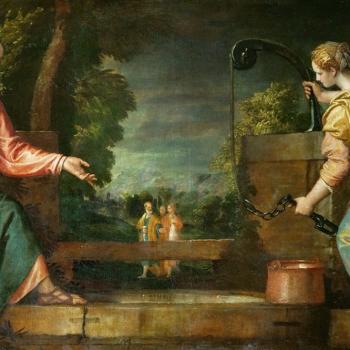Dr. Paul Brand, who devoted himself to eliminating leprosy, was once working alone in an attic when he came across some boxes of skeletons that had been dug up from a monastery. He remembered a lecture he heard given by anthropologist Margaret Mead, who spent much of her life researching prehistoric peoples. She asked her audience, "What is the earliest sign of civilization? A clay pot? Iron? Tools? Agriculture?" No, she claimed, it was a healed leg bone. Brand recalls:
She explained that such healings were never found in the remains of competitive, savage societies. There, clues of violence abounded: temples pierced by arrows, skulls crushed by clubs. But the healed femur showed that someone must have cared for the injured person – hunted on his behalf, brought him food, and served him at personal sacrifice. Savage societies could not afford such pity. I found similar evidence of healing in the bones from the churchyard. I later learned that an order of monks had worked among the victims: their concern came to light five hundred years later in the thin lines of healing where infected bone had cracked apart or eroded and then grown back together.8
Community is all about helping each other – caring enough to invest oneself in the "thin lines of healing." There is no other way to have community. The apostle Paul wrote, "The only thing that counts is faith expressing itself through love" (Gal. 5:6). Words and ideas, forms and structures can take us only so far. In the end, it's a matter of whether we will lay down our lives for one another. For Christ's followers, this is not just a matter of obedience but the distinguishing mark of our witness. Jesus says, "A new command I give you: Love one another. As I have loved you, so you must love one another. By this everyone will know that you are my disciples, if you love one another" (John 13:34–35).
- 1. Howard A. Snyder, Liberating the Church: The Ecology of Church and Kingdom (Downers Grove, IL: InterVarsity Press, 1983), 113–114.
- 2. Sherry Turkle, Alone Together: Why We Expect More from Technology and Less from Each Other (New York: Basic Books, 2011), 6–12.
- 3. Robert N. Bellah, Habits of the Heart: Individualism and Commitment in American Life (New York: Harper and Row, 1985), 177.
- 4. Michael Frost, Incarnate: The Body of Christ in an Age of Disengagement (Downers Grove, IL: IVP Books, 2014), 16.
- 5. Robert Wuthnow, Sharing the Journey: Support Groups and America's New Quest for Community (New York: Simon and Shuster, 1994), 5.
- 6. Henri J. M. Nouwen, Lifesigns: Intimacy, Fecundity, and Ecstasy in Christian Perspective (New York: Doubleday, 2013), 19.
- 7. Thomas Merton, New Seeds of Contemplation (New York: New Directions Books, 1972), 55.
- 8. Paul Brand and Philip Yancey, Fearfully and Wonderfully Made (Grand Rapids, MI: Zondervan, 1980), 68.
From Called to Community: The Life Jesus Wants for His People Copyright © 2016 Plough Publishing House. Used with permission.




